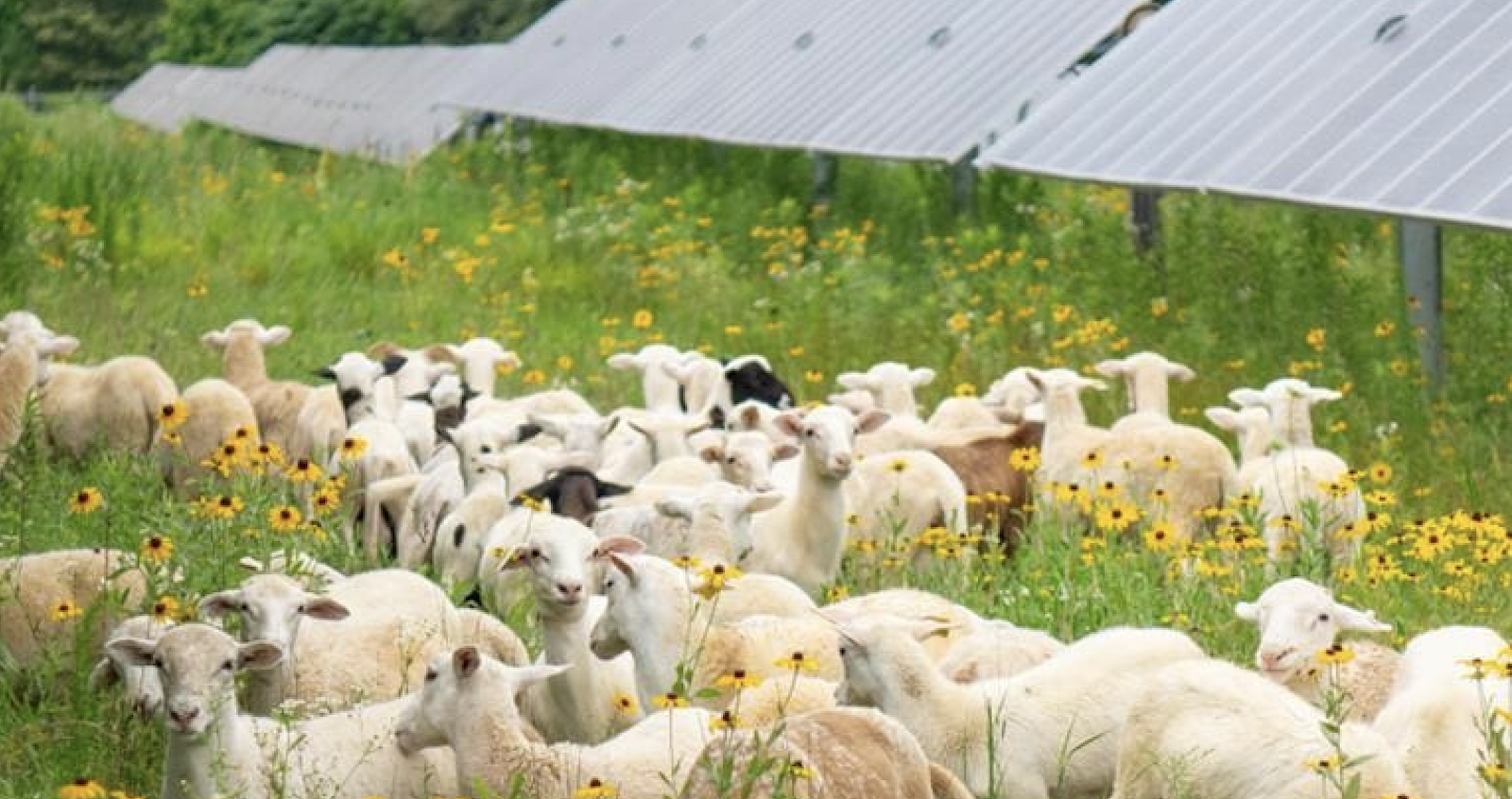 Sign up for daily news updates from CleanTechnica on email. Or follow us on Google News!
Sign up for daily news updates from CleanTechnica on email. Or follow us on Google News!
For reasons best known only to itself, last November the US electorate decided that installing an ignorant, vindictive felon in the Oval Office would be a great idea. Well, no takesie-backsies. The US, and the rest of the world, are both stuck with this living example of reverse DEI run amok for the next 3.75 years. Still, a few bright spots linger on the horizon, and solar energy is one of them.
More Solar Energy For The USA
Solar energy has been a resounding success story in the US and elsewhere around the globe. Trump can stop deploying federal resources to support new improvements in solar technology, and he can thwart attempts to lease federal land for solar arrays, but there’s little he can do to stop solar developers from plumbing other opportunities in the US renewable energy market.
Of course, state- and county-level Republican lawmakers can make new laws that make things more difficult for renewable energy developers, and they are. Still, it’s a big country. If developers are stymied in some states — like Texas, for example — they can pack up and take their business elsewhere.
Meanwhile, some developers are rushing to get a foot in the door before the clampdown happens. In Texas, for example, two bills aimed at obstructing new wind and solar projects have been working their way through the Republican-dominated legislature, but that has not stopped the leading Spanish developer Greenalia from tapping the state to host its first ever renewable energy project in the US — probably the first of many, if all goes according to plan.
More Solar Energy For Texas
The Greenalia solar project took a big step forward earlier this week, when the global financial powerhouse Mitsubishi UFJ Financial Group hooked up with Nomura Securities International, Inc. (Nomura) to provide Greenalia with a $295 million loan and a $93 million letter of credit in support of its first US project, the 430 MW-DC/331.6 MW-AC Misae II solar array in Childress County.
The project is expected to mark its Commercial Operation Date later this year, and Greenalia is already anticipating more in the pipeline. “With the help of MUFG and Nomura, we are on track to reach 1 GW of operational projects by 2026,” said This transaction is a major step for Greenalia’s US expansion,” said Greenalia CEO Manuel Garcia.
In a press statement earlier this week, Greenalia CFO Antonio Fernandez-Montells affirmed that the Misae II deal represents a key milestone in its plans for expanding into the US. “This transaction demonstrates the evolution of the Greenalia group, covering the capital needs necessary for the launch of the projects currently under construction,” Fernandez-Montells elaborated.
Texas Lawmakers: Solar For Thee, Not Us
Despite their antipathy to renewable energy, Republican lawmakers in Texas are not interested in stopping solar manufacturers from setting up shop, thereby enabling developers to get their hands on a domestic supply chain for projects located in other states. Apparently solar energy is not a bad idea, it’s just a bad idea for Texas.
In fact, Texas is so attractive to solar manufacturers that the Norwegian firm Freyr Battery recently dropped plans for a new EV battery in Georgia to rebrand itself as the solar manufacturer T1, under which name it is constructing a 5-gigawatt solar factory in Texas.
That’s just one example. Other overseas investors have been making solar hay in Texas over the past few months, with the Japanese startup TOYO Solar being the latest to pile on. The company set near-term capacity of 2.5 gigawatts for its new factory in Texas, towards the goal of 6.5 gigawatts by 2029.
Overseas Investors Still Pursue US Solar Energy Opportunities
The TOYO venture was announced earlier this week, before the US stock market tanked on the heels of the new tariff scheme hatched in Cloud Cuckoo Land (formerly the “White House”), sparking renewed fears of a recession in the US with the potential for a ripple effect elsewhere around the world. No word yet on how that might impact any forthcoming solar energy activity on the part of the overseas investors, but so far, so good.
In other overseas investor activity this week, the Dutch clean tech investor AIP Management has agreed to invest in the leading independent US solar energy developer Silicon Ranch. Silicon Ranch currently has a 3.6 gigawatt solar portfolio under its wing. With more in the pipeline, the company is aiming for 10 gigawatts by the end of 2030.
In case you’re wondering why overseas investors are still bullish on renewable energy in the US more than two months into the new fossil-centric federal energy policy imposed by the thin-skinned Commander-in-Chief who occupies the White House, AIP has the answer. “The transaction reflects AIP’s conviction in the long-term fundamentals of the US clean energy sector,” AIP explained in a press statement emailed to CleanTechnica, in which it noted that the amount of the agreement is approximately $500 million.
“Silicon Ranch is a leading IPP with profound local expertise, an embedded presence in the communities it serves, and a fully integrated approach to delivering clean power at scale,” elaborated AIP CEO and Managing Partner Kasper Hansen.
“Our investment supports its continued growth and reflects our confidence in businesses with strong fundamentals and the ability to drive the energy transition forward,” Hansen added.
More Solar Energy For The US Southeast
The new cash infusion for Silicon Ranch is particularly interesting because the Tennessee-based company is credited with overcoming red-state political headwinds to introduce solar energy to its home state as well as other parts of the southeast including Georgia, Mississippi, Arkansas, and Kentucky shortly after its launch in 2011, setting the stage for the more vigorous pace of solar activity seen by the region today.
Silicon Ranch can also take credit for helping to popularize the regenerative agriculture movement. Regenerative practices focus on soil and water conservation, elements that are consistent with agrivoltaic projects.
For the record, existing Silicon Ranch shareholders include Shell, Manulife Investment Management, and TD Asset Management. “TD Asset Management, Silicon Ranch’s first institutional shareholder through the TD Greystone Infrastructure Fund in 2014, also joined AIP in the equity raise process,” Silicon Ranch notes.
Photo: The leading Dutch renewable energy firm AIP is among the overseas investors that continue to see rich opportunities for solar energy in the US, regardless of federal energy policy (courtesy of AIP).
Whether you have solar power or not, please complete our latest solar power survey.
Chip in a few dollars a month to help support independent cleantech coverage that helps to accelerate the cleantech revolution!
Have a tip for CleanTechnica? Want to advertise? Want to suggest a guest for our CleanTech Talk podcast? Contact us here.
Sign up for our daily newsletter for 15 new cleantech stories a day. Or sign up for our weekly one if daily is too frequent.
CleanTechnica uses affiliate links. See our policy here.
CleanTechnica’s Comment Policy

